Teaching a horse to yield to pressure is one of the most fundamental aspects of horsemanship. This concept forms the basis of nearly all horse training and creates the foundation for clear communication between horse and handler. When a horse understands how to yield to pressure appropriately, it responds willingly and calmly instead of resisting or becoming anxious. This skill transforms potentially dangerous situations into smooth interactions, building trust and establishing leadership. Whether you’re working with a young, inexperienced horse or retraining an older equine with established habits, mastering these techniques will create a more responsive, safer companion who understands exactly what you’re asking.
Understanding the Principle of Pressure and Release
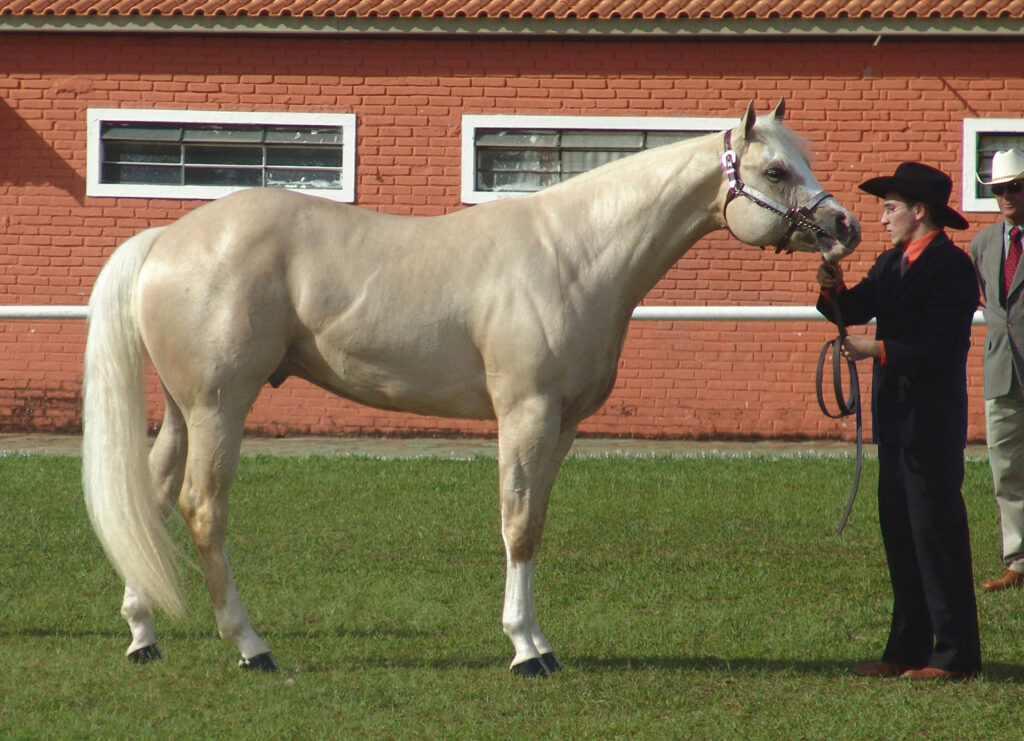
Pressure and release training works with the horse’s natural instincts rather than against them. When wild horses feel pressure, they instinctively move away from it to find comfort, and this innate response is the cornerstone of this training philosophy. The methodology is simple in theory: apply pressure, wait for the desired response, then immediately release that pressure as a reward. The release, not the pressure itself, is what teaches the horse. This timing is critical—when the release comes at precisely the right moment, the horse learns to associate the correct response with comfort. Consistent application of this principle creates a horse that responds to increasingly subtle cues, ultimately requiring just the lightest touch to yield in any direction.
Creating the Right Training Environment
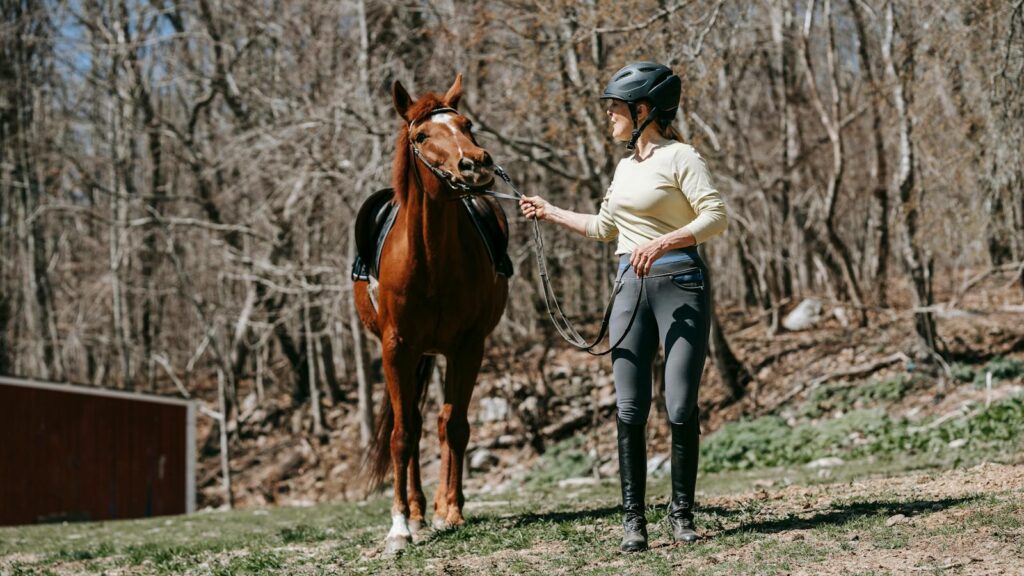
Before beginning pressure-yield training, establishing an appropriate training environment sets both horse and handler up for success. Choose a quiet, enclosed area like a round pen or small paddock where distractions are minimal and the horse can focus on your cues. Ensure the footing is safe, non-slip, and free from hazards that could cause injury during the training process. Remove any other animals or people who might interrupt the training session, as consistency and concentration are essential for effective learning. Consider the timing of your session as well, avoiding feeding times or when the horse might be particularly energetic, as a calm but alert state is ideal for learning these fundamental lessons.
Essential Equipment for Pressure Training
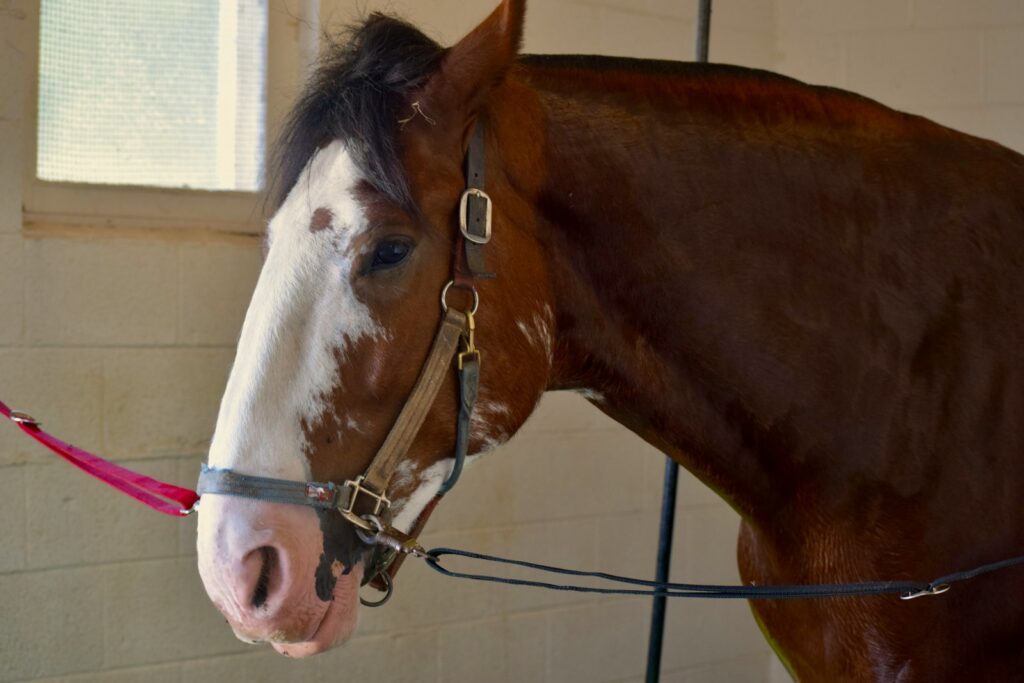
The proper equipment for pressure training emphasizes safety and clear communication while remaining minimally restrictive. Start with a well-fitted halter and lead rope with enough length (12-14 feet) to allow movement while maintaining control. Some trainers prefer rope halters for their precise pressure points, while others use standard nylon halters for basic work. A training stick or crop serves as an extension of your arm, allowing you to apply pressure at a safe distance without putting yourself in a vulnerable position. For more advanced work, consider long lines, a surcingle, or a bareback pad to introduce the concept of yielding to leg pressure before moving to saddle work. Regardless of equipment choices, ensure everything is in good repair, as broken equipment can create dangerous situations and confuse training cues.
Establishing Personal Space Boundaries
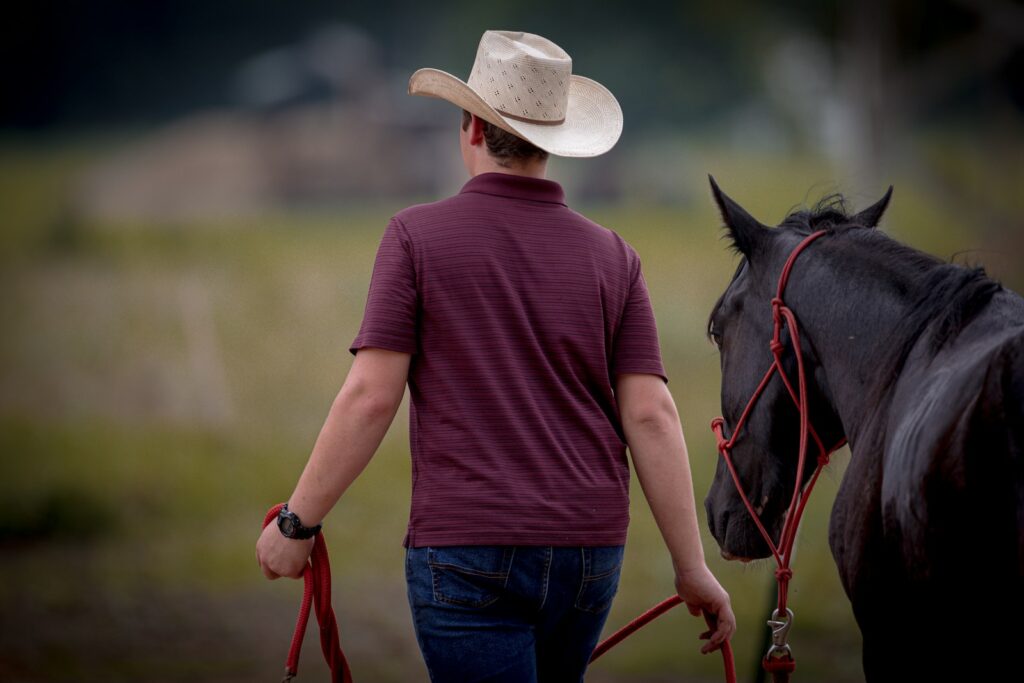
One of the first and most crucial pressure lessons involves teaching the horse to respect personal space boundaries, sometimes called “yielding the forehand.” This foundation creates safety for handlers and demonstrates leadership in a language horses understand. Begin by standing facing the horse’s shoulder and applying light pressure to the horse’s chest or shoulder using your hand or training stick. Maintain this steady pressure until the horse takes even a small step away, then immediately release and praise the attempt. If the horse pushes into the pressure instead of yielding, increase the pressure gradually until you get the desired response. Practice this from both sides until the horse consistently steps away from even light pressure, respecting your personal bubble without resistance or hesitation.
Teaching Lateral Movement Through Hindquarter Yielding
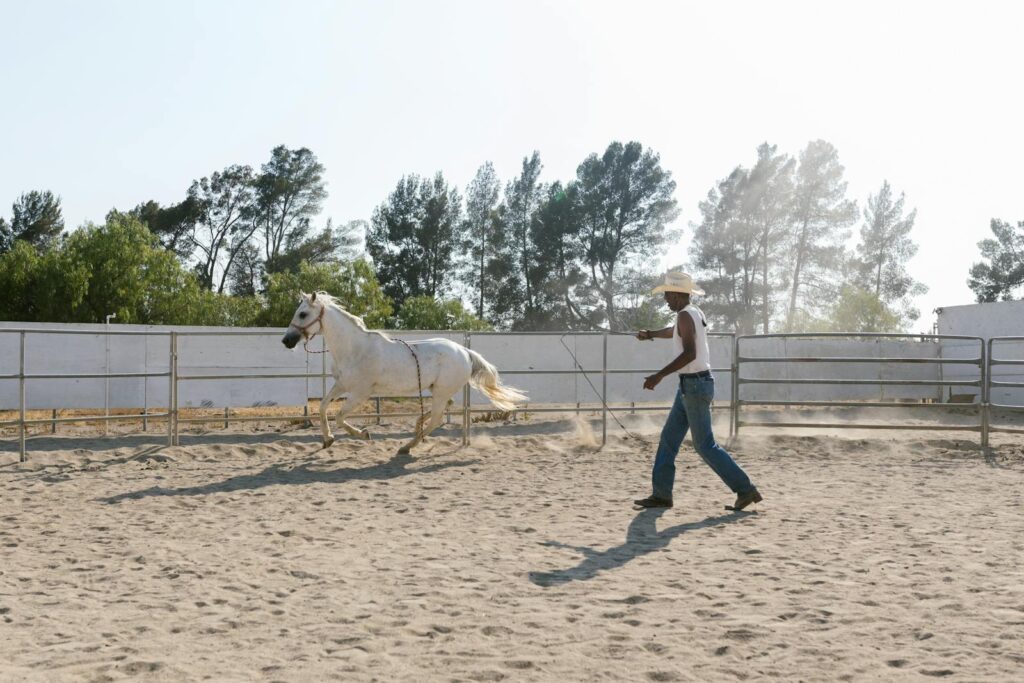
Hindquarter yielding builds upon personal space respect and creates the foundation for many advanced maneuvers from ground work to riding. Position yourself safely alongside the horse’s barrel, facing the hindquarters but remaining vigilant about kick zones. Apply light pressure to the hip area with your hand or training stick while maintaining control of the head with your lead rope. The goal is for the horse to cross its inside hind leg over the outside leg, moving the hindquarters away from pressure. Begin with small movements—even one correct step deserves a release and reward in early training. This movement not only teaches the concept of yielding but also helps the horse develop balance and coordination while disengaging its hindquarters, which can defuse potential flight responses during stressful situations.
Mastering Forehand Yields for Better Maneuverability
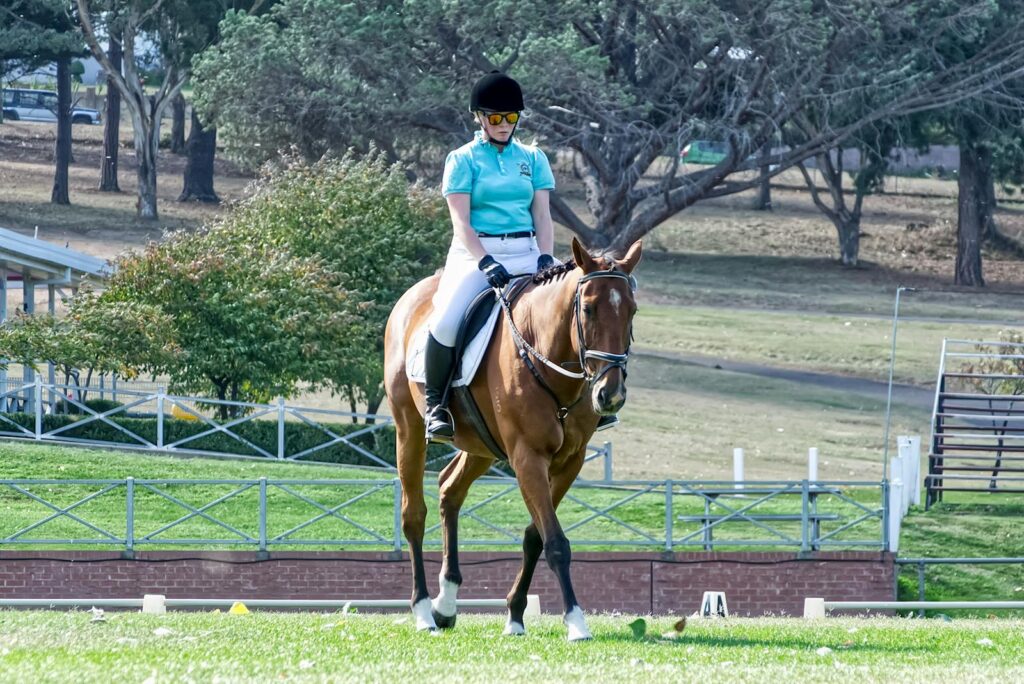
Forehand yielding (different from establishing space boundaries) teaches the horse to pivot on its hindquarters while moving its front end away from pressure. This skill enables the horse to navigate tight spaces and develops the foundation for many riding maneuvers. Stand facing the horse’s shoulder while holding the lead rope, and apply gentle pressure toward the shoulder with your training stick or hand. The pressure should encourage the horse to move its front legs in a crossing pattern away from you while keeping its hindquarters relatively stationary. Be mindful of maintaining the horse’s balance during this exercise, as many horses initially lean into the turn rather than stepping over properly. Progress gradually from one step at a time to smooth 180-degree turns, always rewarding the slightest try before asking for more sophisticated responses.
Developing Backwards Movement from Pressure
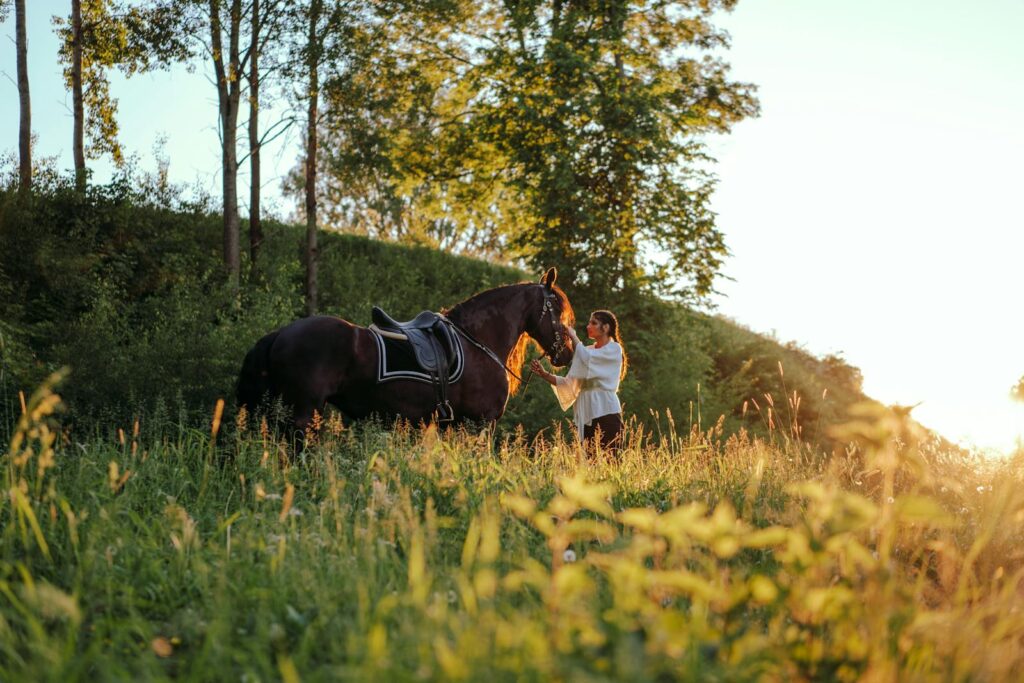
Teaching a horse to move backward from pressure is essential for safety, trailer loading, and general responsiveness. Begin by standing in front of your horse at a safe distance, facing them directly with the lead rope in both hands. Apply light, even pressure on the halter by gently pulling forward (toward you) while simultaneously using body language that suggests the horse should step backward. The moment the horse shifts its weight backward or takes even a partial step back, immediately release the pressure and praise the effort. Many horses initially lean against pressure rather than yielding backward, so patience and consistency are crucial during this phase. Gradually increase your expectations from weight shifts to single steps to smooth, multi-step backing, always ensuring the horse remains balanced and understands that yielding backward—not sideways or pushing forward—is the desired response.
Transitioning Pressure Concepts to Longeline Work
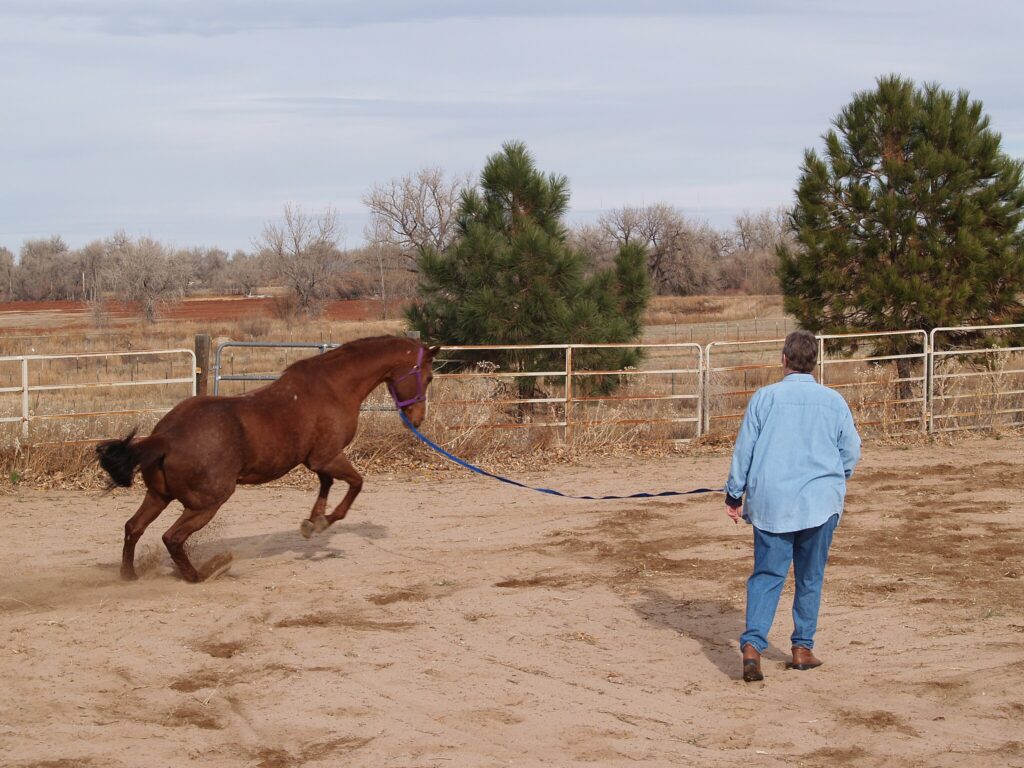
Once your horse understands basic yielding from direct pressure, longeline work expands these concepts while creating distance between horse and handler. Begin in a round pen or enclosed area using a 20-30 foot line attached to the halter or cavesson. Apply pressure through gentle pulls or wave the line to create energy behind the horse, encouraging forward movement away from pressure. Teach directional changes by applying pressure toward the shoulder to signal turning, using similar principles learned in earlier yielding exercises. The longeline phase builds upon previously mastered skills while teaching the horse to respond to pressure applied from a greater distance, preparing them for the subtler cues they’ll receive under saddle. This intermediate step helps horses generalize the pressure-release concept beyond direct physical contact, creating a more nuanced understanding of human communication.
Introducing Ridden Pressure Cues
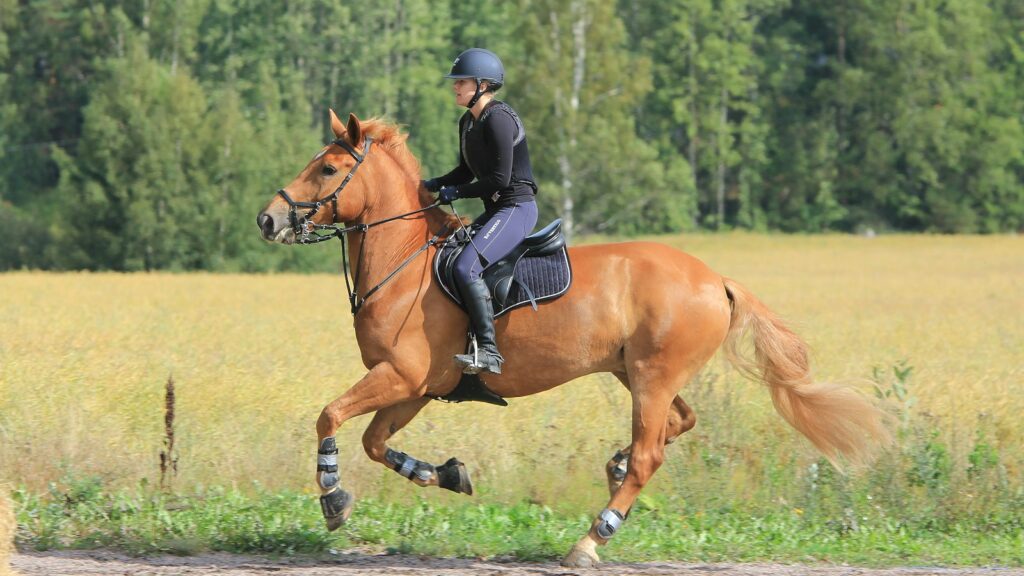
Transitioning pressure training to mounted work requires careful progression to ensure the horse understands that rider leg, seat, and rein cues operate on the same pressure-release principles learned from the ground. Begin with basic yielding to leg pressure at a standstill, applying gentle calf pressure until the horse steps away from it, then immediately releasing. Connect these new mounted cues to familiar ground work by combining them initially—for example, support your leg cue with a touch from a training stick until the horse makes the connection. Focus on one directional yield at a time: lateral movement from leg pressure, forward from seat and calf, and rein cues for stopping or turning. Maintain the same prompt timing with your release as you had during groundwork, as consistency between ground and mounted work helps the horse transfer its understanding more efficiently.
Troubleshooting Common Resistance Issues
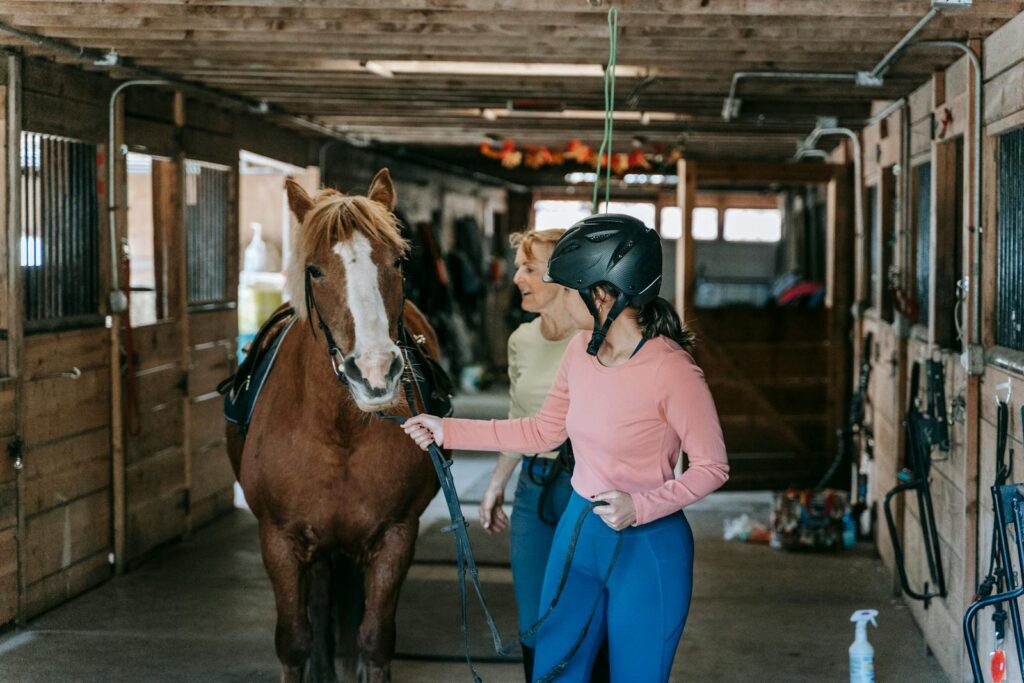
Even with careful training, horses sometimes develop resistance to pressure cues for various reasons. Bracing against pressure often indicates confusion, past negative experiences, or physical discomfort that should be ruled out with veterinary examination. For horses that push into pressure rather than yielding, try changing the angle of pressure slightly or using rhythmic pressure instead of steady pressure to prevent the horse from leaning. For horses that overreact to pressure, scale back your training to rebuild confidence with extremely light cues and immediate releases for even the smallest tries. Inconsistent responses often stem from inconsistent training—review your own timing and clarity to ensure you’re releasing at precisely the right moment and not inadvertently rewarding incorrect behaviors. Remember that resistance is communication, not defiance, and approach these challenges as puzzles to solve rather than battles to win.
Refining Responses for Lightness and Precision
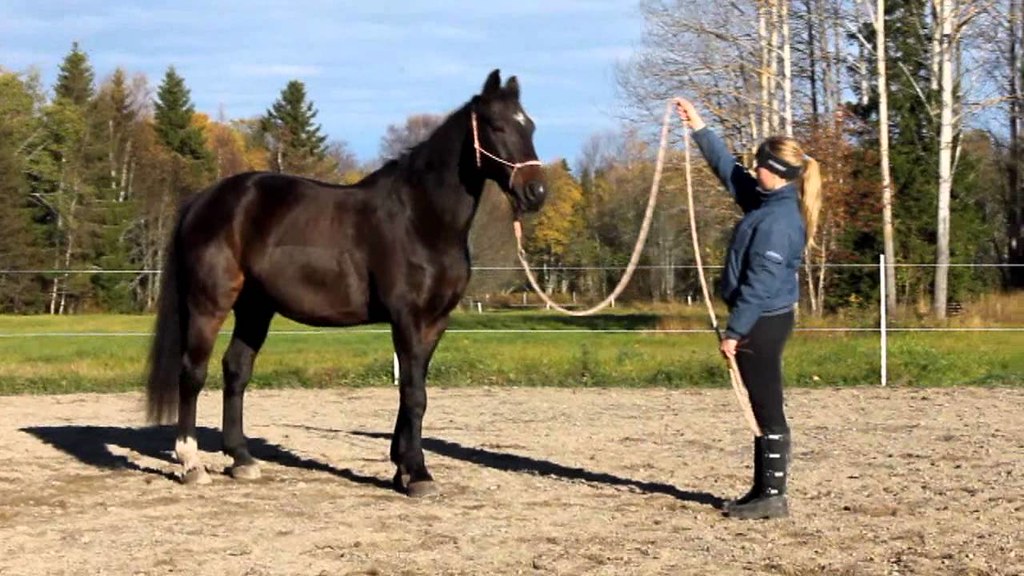
Once your horse understands basic yielding principles, focus shifts to developing lightness—the hallmark of well-trained horses that respond to nearly invisible cues. Begin systematically reducing the pressure used in each exercise, rewarding the horse for responding to progressively lighter signals. Use pressure that starts feather-light and increases only if necessary, teaching the horse to respond to the whisper before the shout. Incorporate precision work by asking for specific numbers of steps or exact foot placements rather than general movement away from pressure. Practice transitions between different types of yields without stopping or resetting, such as flowing from hindquarter yield directly into a forehand yield. This refinement phase transforms a horse that merely understands pressure into one that anticipates the handler’s requests and responds with athletic precision to the subtlest communication.
Maintaining Yielding Skills Through Regular Practice
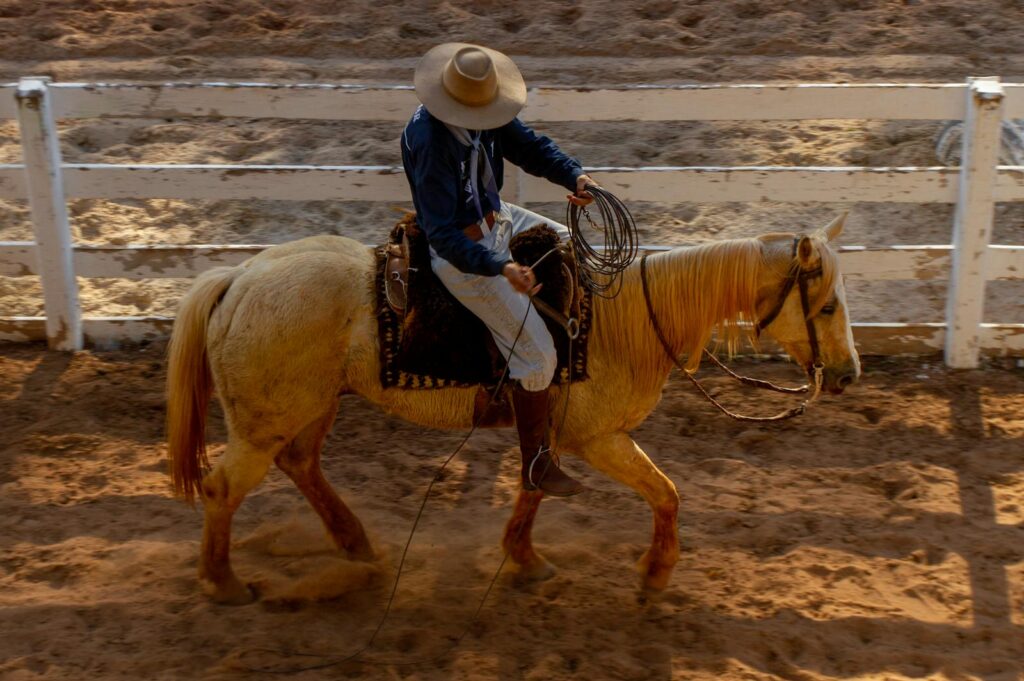
Pressure-yielding skills require regular maintenance to remain sharp and reliable, especially with horses that don’t receive daily training. Incorporate brief yield practice into everyday handling rather than treating it as separate training—ask your horse to move its hindquarters when turning in a stall, or back up a few steps before receiving grain. Create a systematic yielding “tune-up” routine that addresses all directional yields and can be completed in 5-10 minutes before each ride or weekly for horses on vacation. Vary the environment where you practice yields to ensure the horse generalizes the skills rather than associating them only with formal training sessions. The most successful maintenance programs avoid drilling repetitive exercises and instead integrate yielding naturally into the horse’s life, reinforcing the concept that respecting pressure applies everywhere, not just during lessons.
Building Advanced Maneuvers from Pressure Foundations
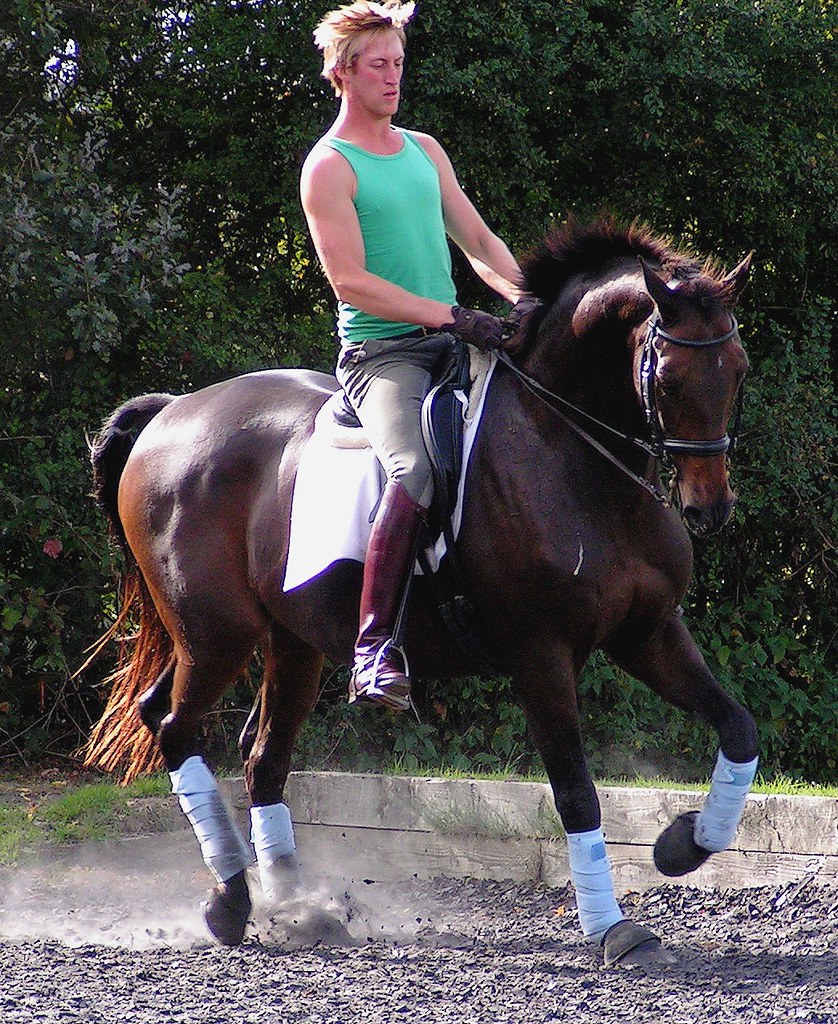
The yielding skills that begin with simple pressure responses ultimately provide the building blocks for sophisticated maneuvers that showcase horse and handler harmony. Lateral movements like leg yields, shoulder-in, and half-pass directly build upon the basic concept of yielding to pressure from specific areas. Collection and extension work relies on the horse’s understanding of yielding to seat and leg pressure in combination. Even advanced liberty work, where horses perform without physical connection to the handler, stems from the pressure-release foundation established through these fundamental exercises. The seemingly simple concept of yielding to pressure creates horses that can perform flying lead changes, piaffe, passage, and other advanced movements that appear magical to observers but are simply refined applications of pressure and release. By continuously connecting new skills to this foundational concept, horses develop an adaptable learning framework that facilitates ongoing development through their entire training career.
Teaching a horse to yield to pressure smoothly transforms every interaction between horse and human. This foundational skill creates clear communication channels that prevent misunderstandings and dangerous situations while building trust. Remember that patience and consistency are your most valuable training tools—horses learn through repetition and clear boundaries applied fairly. The most successful trainers focus on rewarding the slightest try rather than punishing resistance, gradually shaping behavior through well-timed releases that help the horse discover the right answer. Whether working with young horses or retraining seasoned equines, these pressure-yielding principles remain consistent across disciplines and riding styles. When developed properly, a horse that yields smoothly to pressure becomes a willing partner capable of responding to the lightest touch—the ultimate expression of true horsemanship.







